In May, Ampere Computing introduced AmpereOne, the first “cloud-native processor” based on its proprietary design. AmpereOne provides up to 192 cores, eight DDR5 memory channels, and 128 PCI Express lanes.
As one of the first major customers, Google will now offer instances with AmpereOne. It is available as C3A and offers 1-80 vCPUs with DDR5 memory, local SSD storage, and network connectivity up to 100Gb/s. The target group for C3A instances are primarily VM applications, which Google reports as 99.99% availability.
AmpereOne production started in May. After the first major cloud partners, Ampere Computing will also make the hardware available to other partners, so we can expect more reliable performance numbers soon.
The topic of numbers and benchmarks also plays a role in our update on this news:
Update: new AI standards
Besides announcing the first cloud instances with AmpereOne, Ampere Computing is also demonstrating new/additional benchmarks in terms of AI performance for its own processors. We were also able to catch a short chat with Jeff Wittich, Product Manager (CPO) at Ampere.
As a cloud-native processor, the hardware requirements profile is constantly changing. Of course, Ampere Computing has also been aware of the AI trends in recent years and has not only focused on tasks as a host VM. Inference is among the top 5 applications that run on cloud instances. So Ampere Computing set up an AI team some time ago, which focused on improving the software (Ampere AI Optimizer (AIO)) in this area of application.
Benchmarks provided by Ampere Computing focus on costs and efficiency (performance/watt and performance/dollar). Sure, there are faster processors and accelerators here, but Ampere levels itself in terms of performance/watts and performance/dollar with the Altra Max – and that should look even better with the AmpereOne.
But Ampere CPUs should not only be the best option if the processor takes over the inference, even if a GPU accelerator is added, Ampere Computing sees a clear advantage. Performance/watts is the main metric here.
Having a look at the performance and costs of available instances is crucial to potential customers. Ampere Computing also delivers numbers with current Ampere Altra compared to some AWS instances with EPYC or Graviton processors and NVIDIA GPU accelerators.
Evaluating numbers and benchmarks is not easy. The combination of software and possible data optimization always plays an important role here. But one thing is clear: Ampere Computing sees itself as being on the right track to be able to offer the right hardware, especially for hyperexpansion rigs. Although Amazon is also working on its own hardware with Graviton and Google with TPUs and using them extensively, Ampere Computing sees them as an exclusive solution in the cloud, while their own processors are built for the full range of applications in the cloud.
Steam driver amplifier
Quite a different topic, but an interesting project called Steam-on-Ampere is in the works github to exist. The repository was created by AmpereComputing. The goal is to install Steam on an Arm64 system.
The hardware base in this guide is AADP32 with 2x 16GB DDR4 RAM and NVIDIA RTX 6000. First, Ubuntu is installed on the system, followed by manual installation of the NVIDIA ARM driver for the graphics card. The next step was to set up the emulation layer between x86 and amd64 for arm64.
Like I said, the full help is on github to exist.

“Unapologetic analyst. Infuriatingly humble coffee evangelist. Gamer. Unable to type with boxing gloves on. Student. Entrepreneur.”






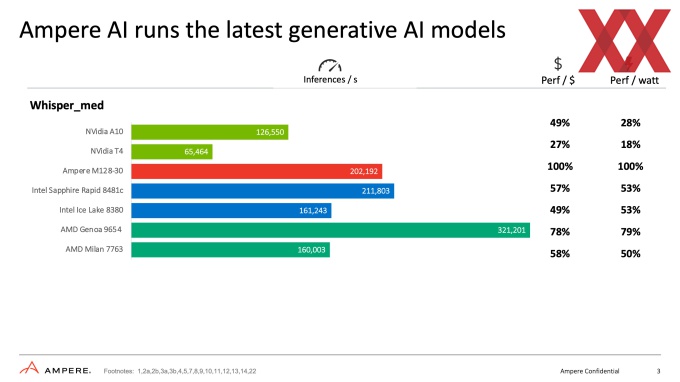
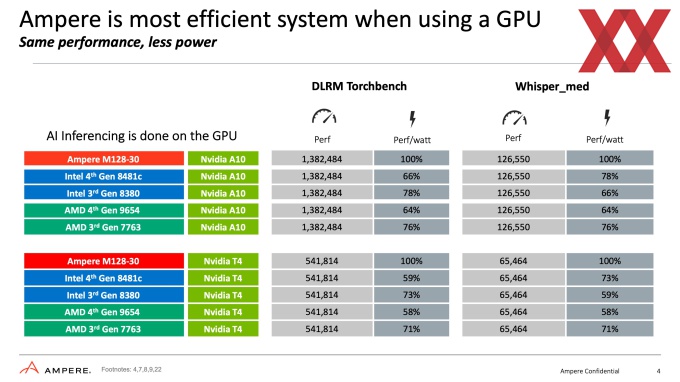
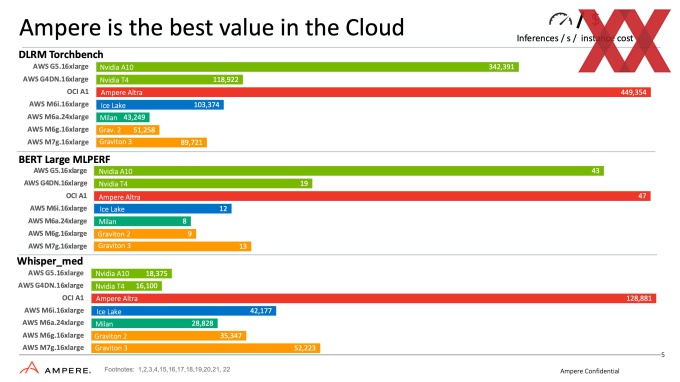
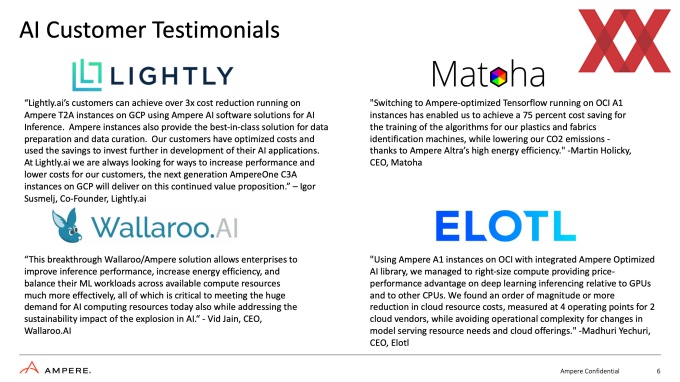
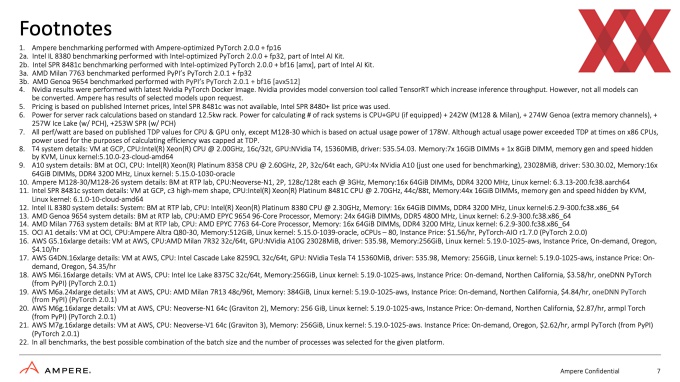
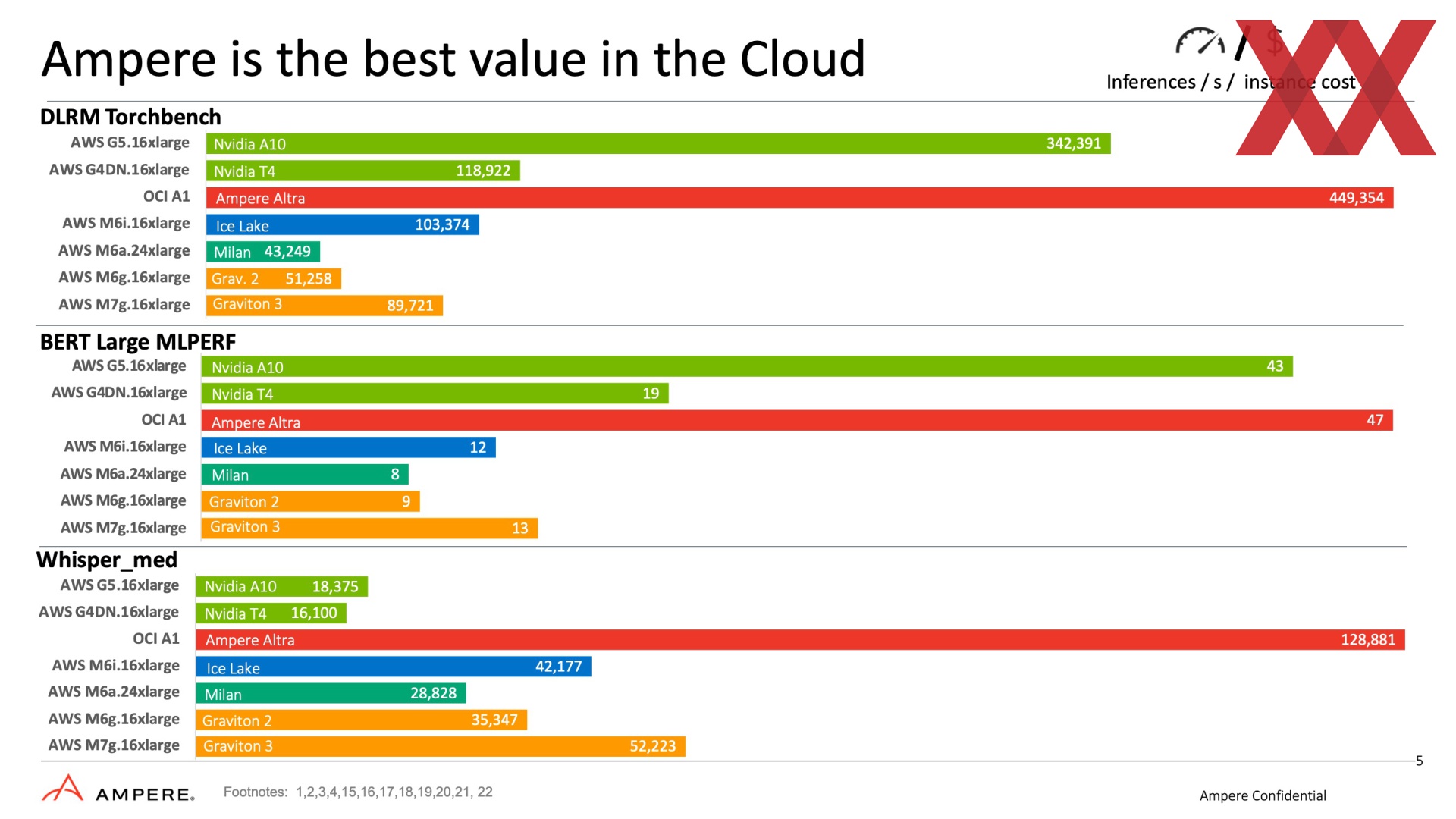
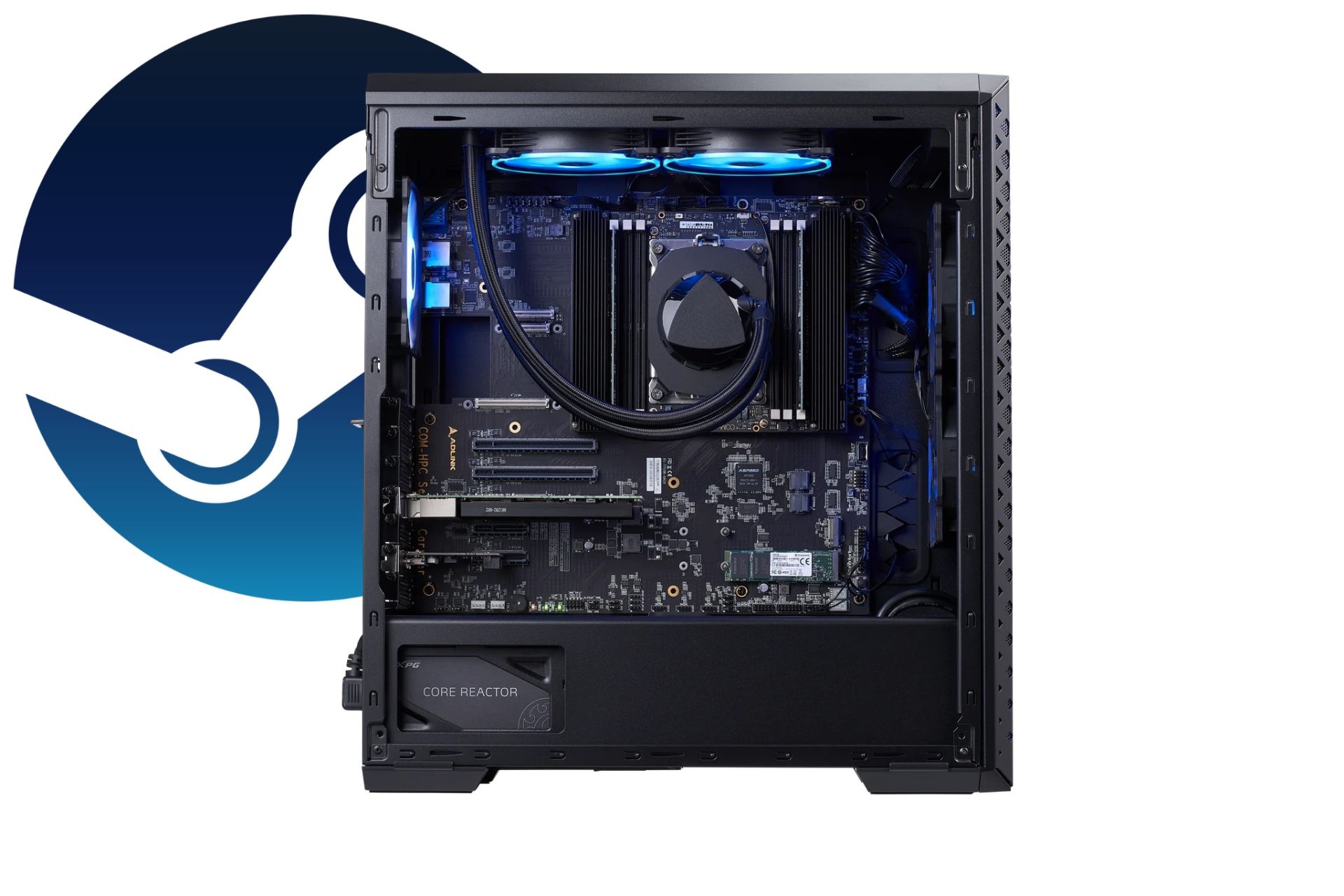
More Stories
Comment: Steam Deck and Linux games have a problem because ProtonDB is not good – clarification
Microsoft: Game sales are rising dramatically
Bazzite 3.0: Gaming Linux update improves support for Steam Deck OLED, Legion Go, Asus ROG Ally and other mobile devices